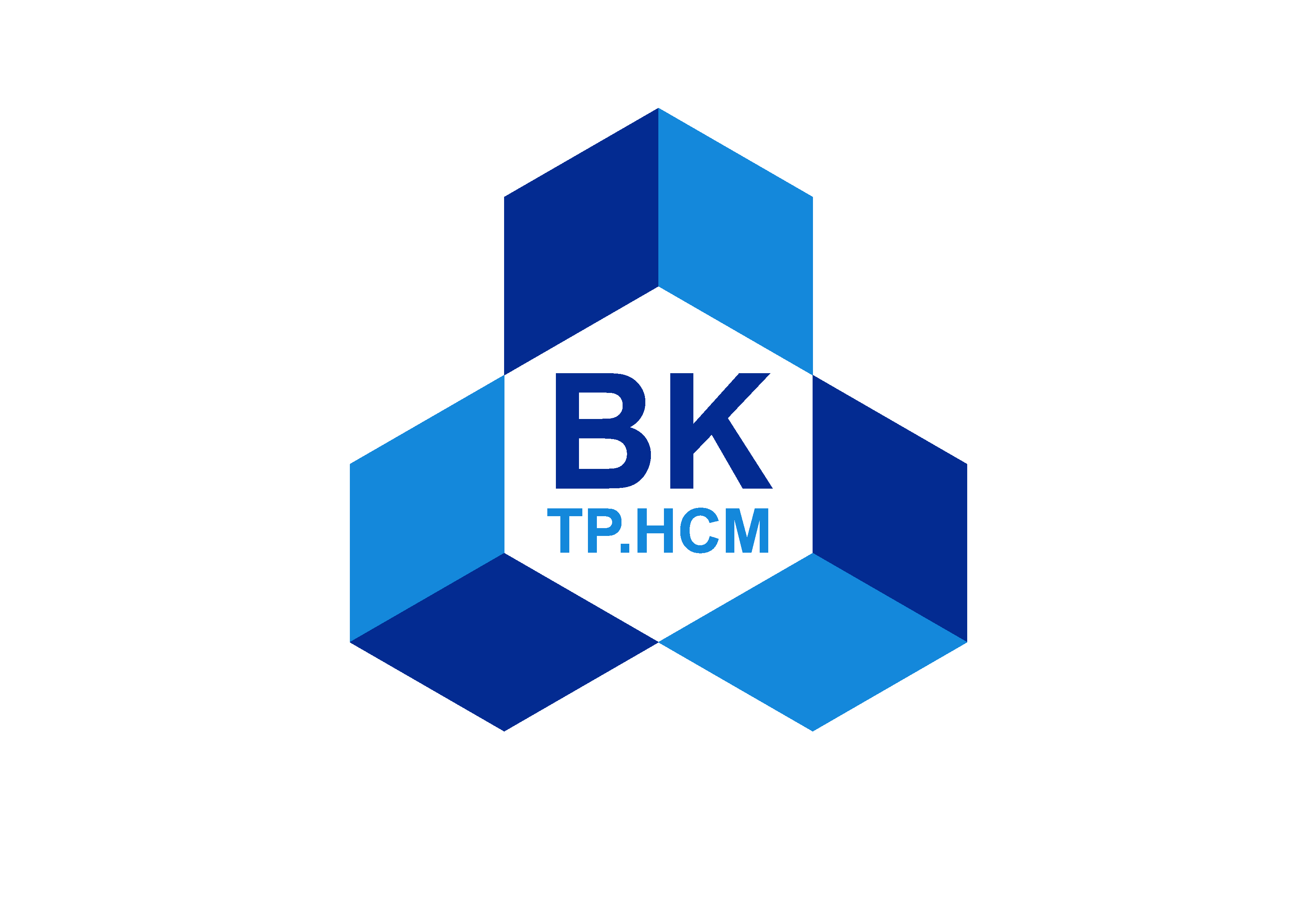Downloads
Abstract
Viscose as cellulosic origin, the cheapest of all cellulosic fabrics could be the best alternative. Viscose is manufactured from regenerated cellulose. In order to manufacture viscose, pulp of bamboo is treated with aqueous sodium hydroxide to form alkali cellulose. This alkali cellulose is then treated with carbon disulfide to form sodium cellulose xanthate. The xanthate is then dissolved in aqueous sodium hydroxide and allowed to depolymerize. After depolymerization, rayon fiber is produced from the ripened solution. Viscose is primarily employed in apparels, upholstery fabric, industrial clothing, and medical hygiene. Apparels, upholstery fabric, and industrial clothing segments account for key share of the viscose market. The medical hygiene segment is anticipated to expand during the forecast period. Demand for viscose fiber is anticipated to increase significantly in the near future due to the rise in global population, increase in standard of living, and growth in disposable income. Viscose is an eco-friendly product; thus, increase in awareness about eco-friendly products and decrease in production of cotton are estimated to augment the demand for viscose fiber. Viscose fabric exhibits some similar properties compared to cotton except its poor wet strength due to higher moisture regain. In this study, chemical finishes by different cross-linkers were applied to improve the wet strength of the viscose fabric. For this purpose, water repellent finishes were applied. Water repellent finish helped in reducing the molecular barrier around the individual fibres that lowered the surface tension of the fabric. It reduces the absorbency of viscose fabric hence leads to higher wet strength. Therefore, the treated viscose fabric exhibited better wet strength after applying water repellent finishes on it. Scanning electron microscope (SEM) was used to examine the surface of the fabric treated with chemicals. Tensile strength of viscose was increased 24.6%.
Issue: Vol 4 No 1 (2021)
Page No.: 697-704
Published: Mar 15, 2021
Section: Research article
DOI: https://doi.org/10.32508/stdjet.v4i1.788
Download PDF = 489 times
Total = 489 times

 Open Access
Open Access 










